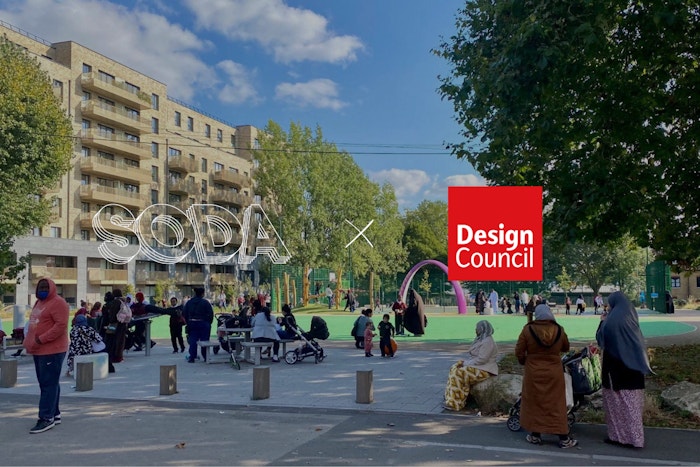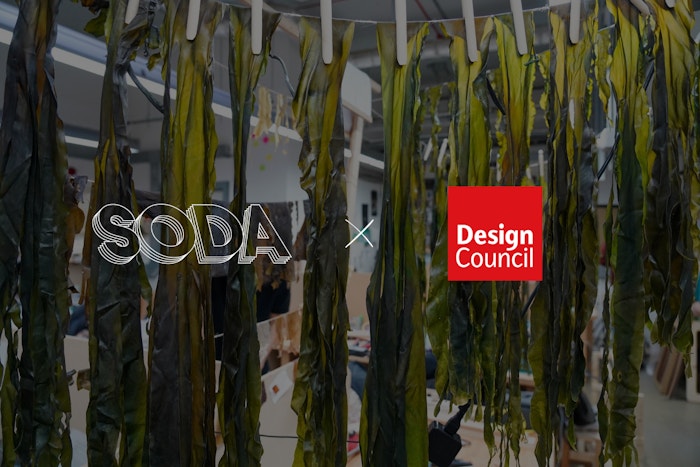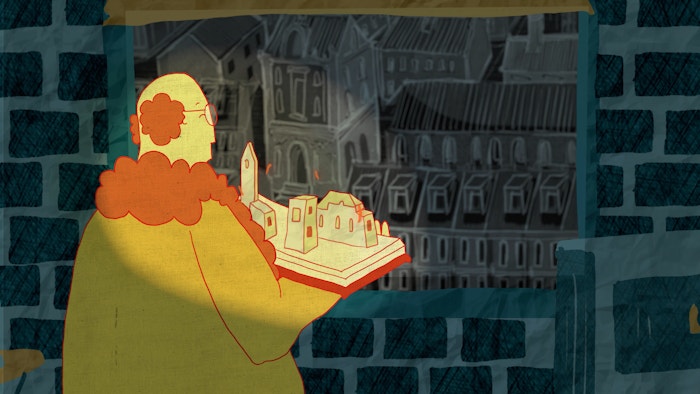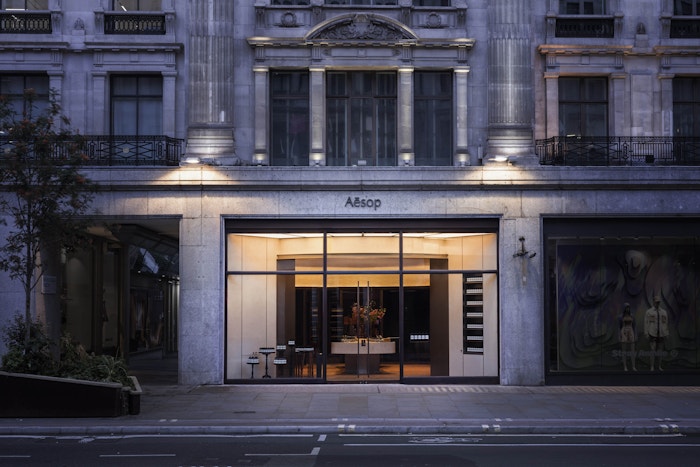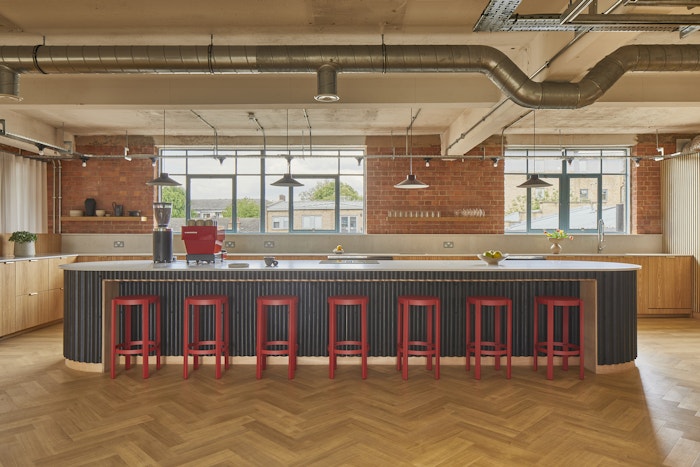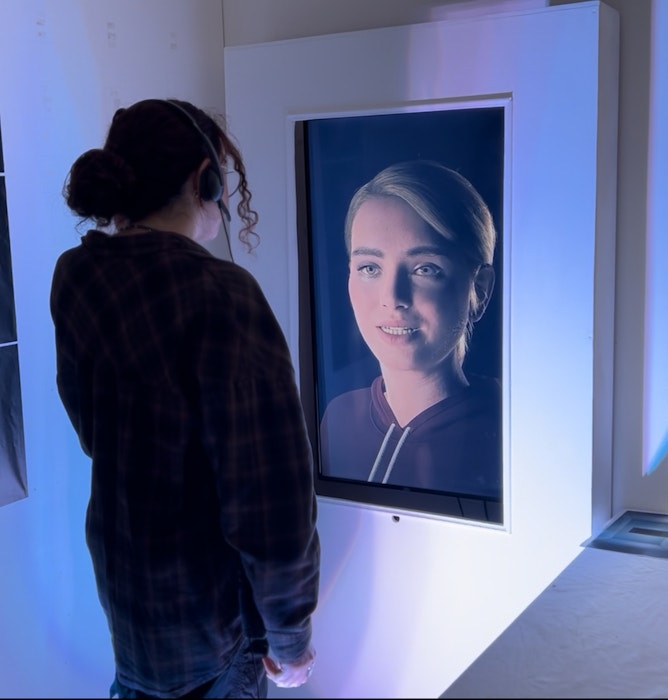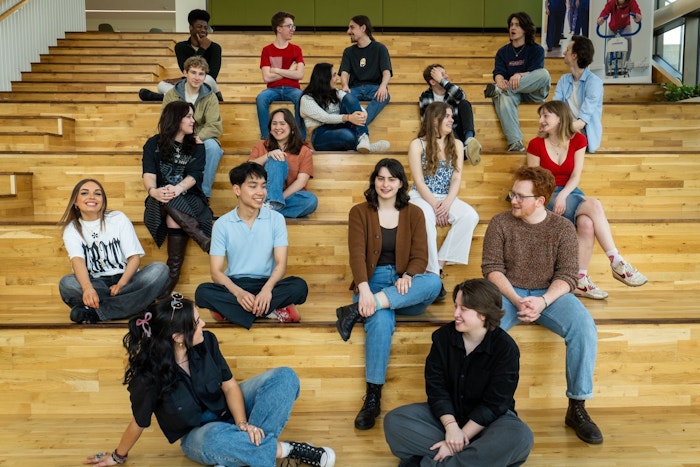
28 Aug 2017
Vivienne Brophy
There must be something in the Dublin water as nearly all of Vivienne Brophys’ family are involved in architecture in one way or another. Among others, her brother is multi award-winning Derek Tynan of DTA Architects and her husband was responsible for a number of high profile projects for Bono. Vivienne is currently Head of Architecture at University College Dublin and has dedicated her life to enriching the lives of her many students from all around the world. She is Director of the UCD Energy Research Group and has developed, coordinated, managed and participated in European and national research and design projects with a focus on improving the built environment, whilst completing post graduate research on sustainable building design and construction procedures in Ireland.
Rob Fiehn recently sat down with her in London to talk about the increasing demand for buildings that improve productivity, big-bonneted Citroens and the all important ‘B’ word, Brexit.
How did you become involved in architecture?
Both my parents were very creative. My father was a businessman but at the same time he was really interested in design and technology. Our car was one of those big-bonneted Citroens and we all had to wait for the suspension to kick in. My mother was what I’d call a craftsman, she would make me great clothes and encourage us to think about how these things went together and I continued that well into my teens.
When I was twelve, a new church was built in town with this incredible parabolic roof and it was fascinating compared to the small-scale buildings around it. A lot of kids at that age might not have been so interested in a building but I guess I was.
I studied architectural technology first and then went back into architecture itself. Having a background in technology shaped me, especially my teaching. I eventually became a researcher but our work had to be translated back into the realities of everyday practice. We produced practical publications, not coffee table books.
What are the biggest changes you’ve seen shaping the profession?
Materials were changing, building regulations were changing. The design process stayed the same but all the conditions you had to take into account were radically different. Computer-aided design changed what was possible. If you take a look at a building like the Gherkin, you couldn’t have created that on a traditional drawing board, it needs computers to design and envision it.
Procurement processes have changed. You used to have architects leading the design team and making all the decisions, therefore the relationship between the client and the architect has changed quite a bit. This shift sparked my interest because you cannot design sustainable buildings using traditional procurement methods, it has to be an integrated design process, with all of the team on board very early on.
How is environmental sustainability affecting buildings today?
Our expectation of the performance of buildings is much greater now and regulations have pushed standards up. We now have to test how buildings will perform in advance of construction and that has brought about all kinds of simulation software coming into the design process as well as new methods of construction.
However, it’s not just regulation that is the driving force, it’s also client expectation. They want buildings that go beyond standards and provide a healthy environment for their staff. If you think about it, regulations are all about energy efficiency but companies want to create healthy buildings that increase productivity. The training and retention of staff is far more valuable than the cost of an energy-efficient building.
Alongside regulation you see voluntary methods of assessment coming into play, such as BREEAM [i] in the UK & Ireland and LEED [ii] in the US. These optional standards go far beyond energy efficiency, looking at building management and the team involved created it. BREEAM is essentially a marketing tool; when building values were compared in London, they found the sale values of environmentally sustainable projects were 20% higher. The market is moving the agenda forward.
The new WELL [iii] building standard that is coming from America is not even about building performance but it is more concerned with the wellness of the people that occupy them. It is being integrated into the BREEAM standard but purely from a commercial perspective, they know this is the way the market is going. We’re moving to a new conversation which is about people as distinct from the buildings themselves and becoming more mainstream.
Sustainable buildings will be rolled out not under the banner of energy efficiency (where the movement started) but under the guise of health and wellbeing. I think this is really positive when you consider that a building is nothing but a container for people that has a big impact on them. Google won’t move into a building without environmental certifications and even Sainsbury’s in the UK is the same for certain methods of assessment. This is the future of commercial buildings.
You work in education, how is it responding to changes in the profession?
Architectural education starts off with a series of repetitive processes. It might begin with the design of a table, working up to a building with all the necessary regulations but the process is the same: you get information, distill it, decide what’s important, and then you bring that all together. 70 first-year students will supply 70 different ideas and design solutions.
On our programme, we don’t get too bogged down with the specific regulations or softwares. The best architects are good designers and they can then pick up the additional skills later down the line, such as Autocad and BIM [iv]. You have to pursue the process relentlessly until you come up with the best solution. Industry brings many skills from the outset of your career, but the important thing is for students to develop in creative ways that are all markedly different.
More could be done to bridge the gap between education and practice but I think there is an onus on practitioners to develop their staff. There should be groups that transfer knowledge to the younger members of the team and they in turn do the same later on. The additional legislation that comes into building construction is only going to make architecture more complex and so there is always a need to learn more. Also, architects must revisit their own buildings after completion to understand how they are performing. This information can then be put back into the design of the next one. We have to be more involved in our buildings or they will never be improved. We can’t just take the photographs and walk away.
What affect, if any, will Brexit have on architects?
The students on my masters programme are from all over the world - China, India, the Middle East etc. The conversation is all the more interesting as they’re coming at it from very different perspectives. Brexit is going to have a huge impact - you won’t have the same diversity of thinking or context in practice. When I was researching, we visited Germany, Belgium and the Scandinavian countries and were inspired by the very high building quality and performance. If you have a practice that doesn’t have all those different influences, it will be a different practice. Our legislation is driven by EU standards and I’m absolutely convinced we wouldn’t be moving towards zero energy buildings without certain directives. That’s not to say there isn’t a willingness to do things, it’s just helpful to have deadlines from the European commission to make it a reality.
Appendix
[i] BREEAM is the world's leading sustainability assessment method for masterplanning projects, infrastructure and buildings. It addresses a number of lifecycle stages such as New Construction, Refurbishment and In-Use.
[ii] Leadership in Energy and Environmental Design (LEED) is a rating system devised by the United States Green Building Council (USGBC) to evaluate the environmental performance of a building and encourage market transformation towards sustainable design
[iii] The WELL Building Standard™ (WELL) marries best practices in design and construction with evidence-based medical and scientific research – harnessing the built environment as a vehicle to support human health and well-being.
[iv] BIM is a process for creating and managing all of the information on a project – before, during and after construction. The output of this process is the Building Information Model, the digital description of every aspect of the built asset.
About Rob Fiehn
Robert Fiehn is a London-based freelance communications consultant, working within the built environment industry. With a career spanning books, exhibitions, concepts, thought-leadership, profiling and built projects (both temporary and permanent). We're excited to welcome Rob to the SODA team.
- Vivienne was interviewed by Rob Fiehn
- Vivienne and Rob were photographed by Helen Armstrong
- https://www.ucd.ie/apep/ - University College Dublin School of Architecture.
- https://www.breeam.com/ - the world's leading sustainability assessment method.
- https://http://www.usgbc.org/leed - Non-profit organization dedicated to sustainable building design and construction.
- https://www.wellcertified.com/ - Creating healthy places to work.
- https://www.rics.org/uk/knowledge/glossary/bim-intro/ - The Building Information Method.


